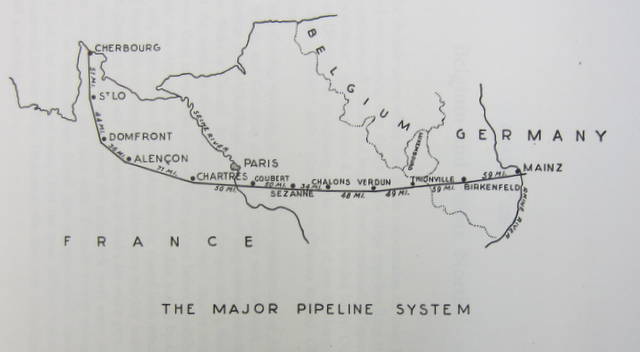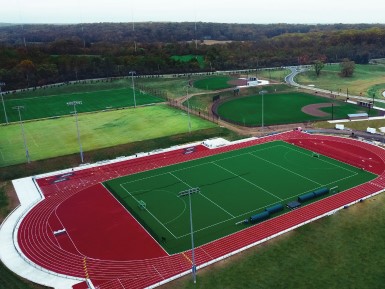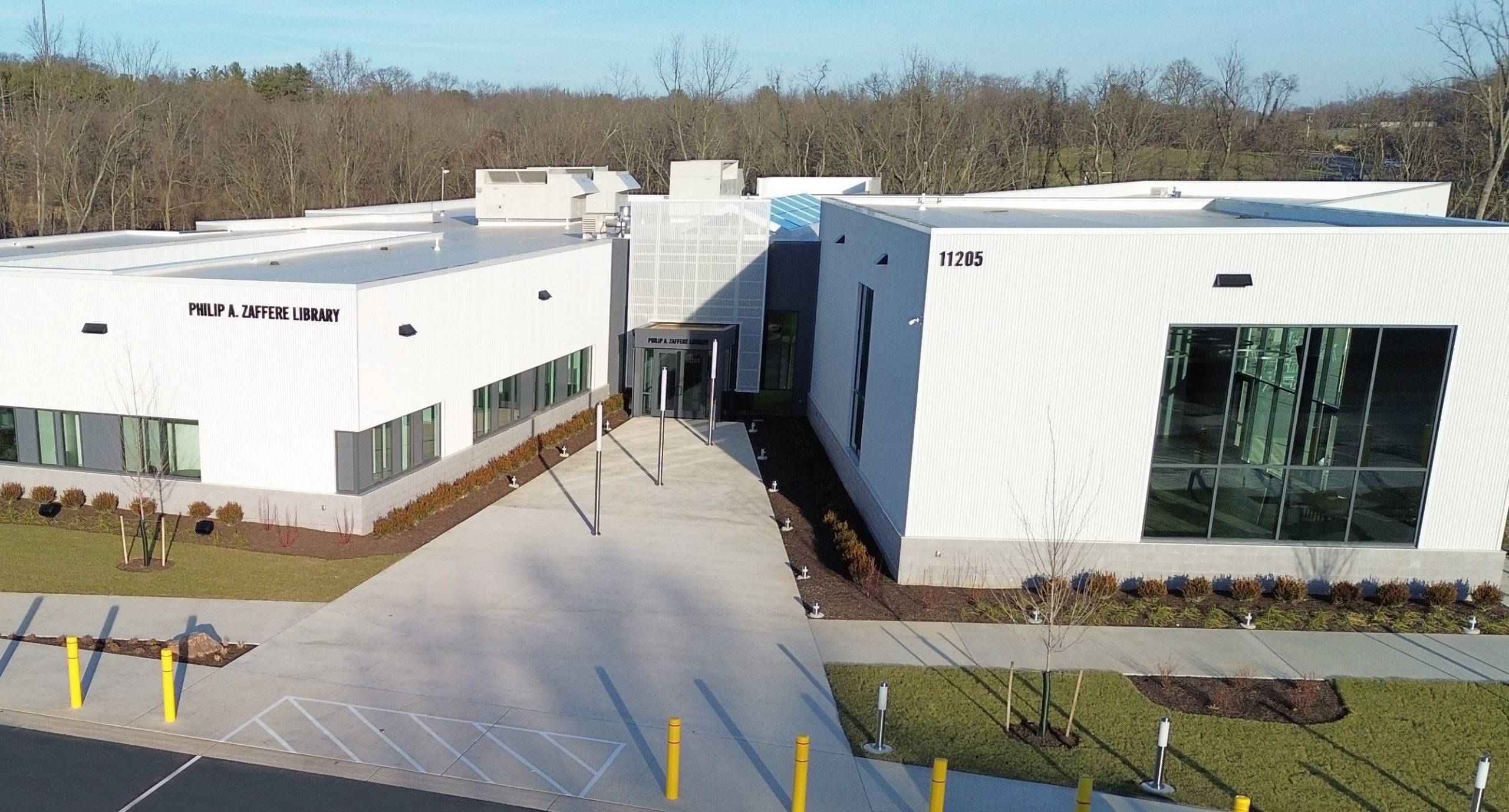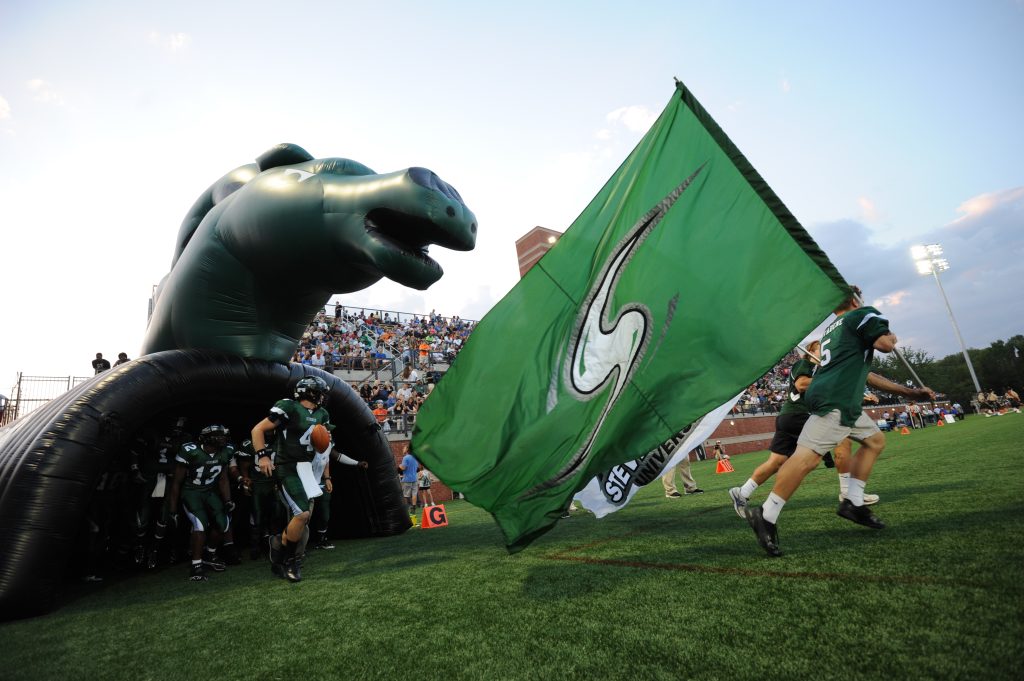
The Public History Program provided critical support to the City of Baltimore and the Maryland National Guard when it responded to a query from a small village in France. The people of that village stumbled upon a cryptic message from WWII left on the wall of a 12th century French church signed by a soldier from Baltimore.
Notified on October 15th that research help was needed by the Mayor’s Office, the department formed a small task force of student and faculty volunteers and in three weeks provided the answers the Mayor required. On Veterans Day 2013, the final research report was e-mailed to the people of Moeurs-Verdey, France, located approximately 100 kms east of Paris.
The mystery started when the people Moeurs-Verdey discovered an inscription in the bell tower of the church dated February 5, 1944. Signed “Pat McCann,” it showed an address of 26 N Fulton Avenue in Baltimore. The village was interested in knowing the backstory of Pat McCann, whether he was still alive, if he had any family, and what circumstances placed him in their church in February 1944. The last was the most mysterious since the vast majority of US Army troops arrived in France only four months later during D-Day on June 6, 1944.
PHIST majors Dan Scotten, Lindsay McCrea, and Tori Woodard scoured online databases of historical newspapers, census records, genealogical websites, and military records. The initial search revealed the identities of family members, their vital statistics, and several newspaper articles related to their family history. McCann’s wedding announcement identified his military unit during the war. Knowing his unit was a huge help in furthering the development of the historical narrative. Research on his unit, the 359th Engineer Brigade (POL) (GS), continued at the National Archives in College Park revealed the story of his unit in WWII. Field trips to Western Maryland and Baltimore identified places he lived, the communities within which he participated, and the place where he was buried.
By the end of the project, the students were able to identify what brought McCann’s unit to Moeurs-Verdey, the dates the unit was there, as well as the weather during that period. An unexpected thaw in the horrible freezing weather that accompanied the Battle of the Bulge led to a three day period during which the battle stopped. Pelted by rain and sleet, the men sought refuge from the rivers of mud brought on by the thaw. Many sought refuge in the local church at Moeurs-Verdey.
The records revealed that McCann was in the church in 1945, not 1944. As part of the final report the students were able to include photos of his past residences, newspaper clippings, as well as maps and photos from the National Archives. Under the guidance of French professor Anne Kerns, PHIST major Brett Trace translated the document into French. The report, in both French and English, was delivered to the people of Moeurs-Verdey in three weeks from the time query arrived at Stevenson.





